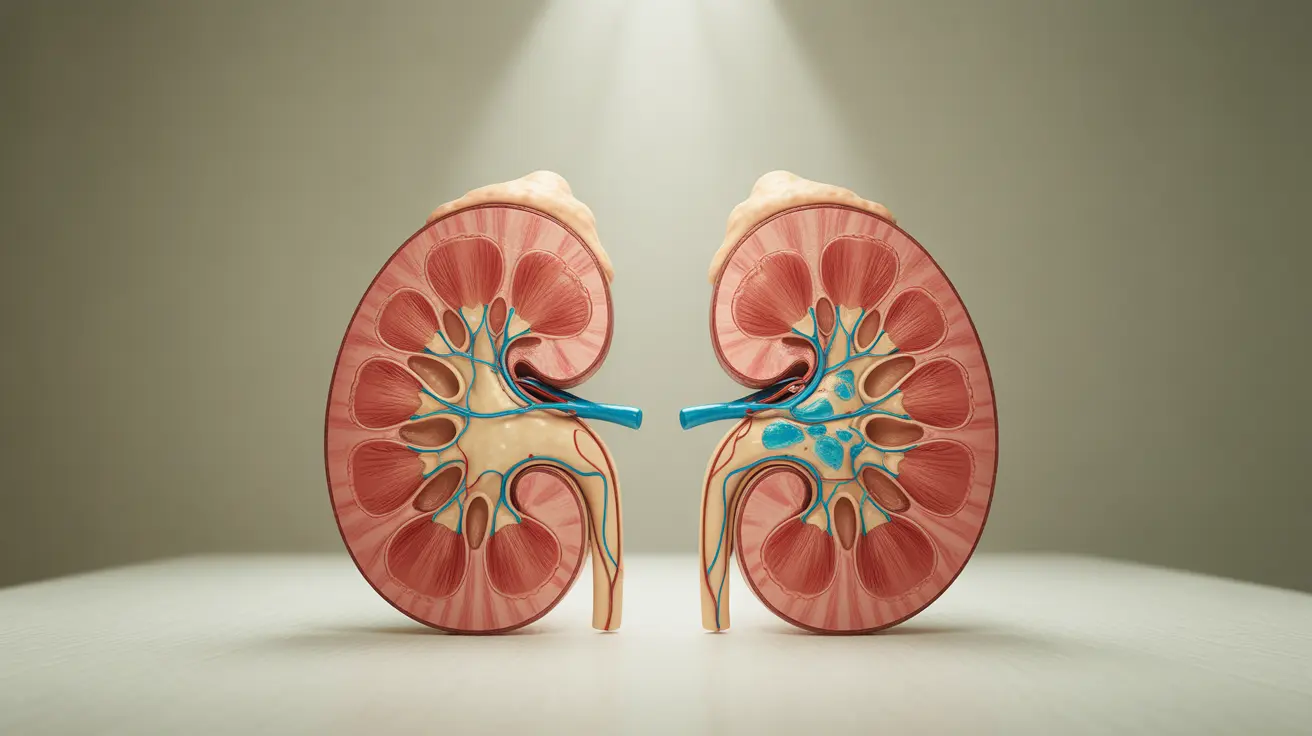A stroke can have profound impacts on a person's physical and mental well-being, affecting various aspects of daily life. Understanding these after effects is crucial for patients, caregivers, and family members to navigate the recovery journey effectively and set realistic expectations for rehabilitation.
This comprehensive guide explores the common after effects of stroke, recovery timelines, available treatments, and strategies for preventing future strokes. We'll also discuss important warning signs that require immediate medical attention.
Physical After Effects of Stroke
Stroke survivors often experience a range of physical challenges that can impact their daily activities. Common physical after effects include:
- Muscle weakness or paralysis (typically on one side of the body)
- Balance and coordination difficulties
- Speech and language problems (aphasia)
- Swallowing difficulties (dysphagia)
- Vision problems
- Fatigue and reduced stamina
Movement and Coordination Challenges
Many stroke survivors experience hemiparesis (weakness) or hemiplegia (paralysis) on one side of their body. This can affect their ability to walk, maintain balance, or perform everyday tasks. Physical therapy and occupational therapy play crucial roles in helping patients regain strength and independence.
Communication and Cognitive Effects
Stroke can significantly impact speech, language comprehension, and cognitive function. Problems may include:
- Difficulty speaking or understanding speech
- Memory problems
- Reduced concentration
- Challenges with problem-solving
- Problems with reading or writing
Emotional and Psychological Impact
The emotional aftermath of a stroke can be as challenging as the physical effects. Common emotional responses include:
- Depression and anxiety
- Mood swings
- Frustration and anger
- Loss of confidence
- Emotional lability (sudden emotional changes)
Recovery Timeline and Rehabilitation
Stroke recovery varies significantly among individuals, but most progress follows a general pattern. The first three months typically show the most rapid improvement, though recovery can continue for years with proper support and rehabilitation.
Types of Rehabilitation Therapy
A comprehensive rehabilitation program may include:
- Physical therapy for movement and strength
- Occupational therapy for daily living skills
- Speech therapy for communication and swallowing
- Cognitive therapy for memory and thinking skills
- Psychological support for emotional well-being
Preventing Another Stroke
Reducing the risk of another stroke involves managing several key factors:
- Controlling blood pressure
- Managing diabetes
- Maintaining healthy cholesterol levels
- Regular physical activity
- Healthy diet choices
- Smoking cessation
- Limiting alcohol consumption
- Taking prescribed medications as directed
Frequently Asked Questions
What are the most common physical and emotional after effects of a stroke? The most common physical effects include muscle weakness, paralysis, speech difficulties, and balance problems. Emotional effects often include depression, anxiety, mood swings, and frustration with the recovery process.
How long does recovery usually take after a stroke, and what does the timeline look like? Stroke recovery varies by individual, but the most significant improvements typically occur in the first three to six months. Recovery can continue for years with ongoing rehabilitation and support.
What types of therapies or treatments help with speech, movement, and memory problems after a stroke? Key therapies include physical therapy for movement, occupational therapy for daily activities, speech therapy for communication and swallowing, and cognitive therapy for memory and thinking skills.
What are the main risk factors for having another stroke, and how can I lower my risk? Major risk factors include high blood pressure, diabetes, high cholesterol, smoking, and physical inactivity. Risk can be lowered through medication compliance, lifestyle changes, regular exercise, and a healthy diet.
What are the signs that swallowing difficulties after a stroke are serious and need medical attention? Serious signs include frequent coughing or choking while eating, unexplained weight loss, chest congestion after eating, and fever. These symptoms require immediate medical evaluation to prevent complications like aspiration pneumonia.




